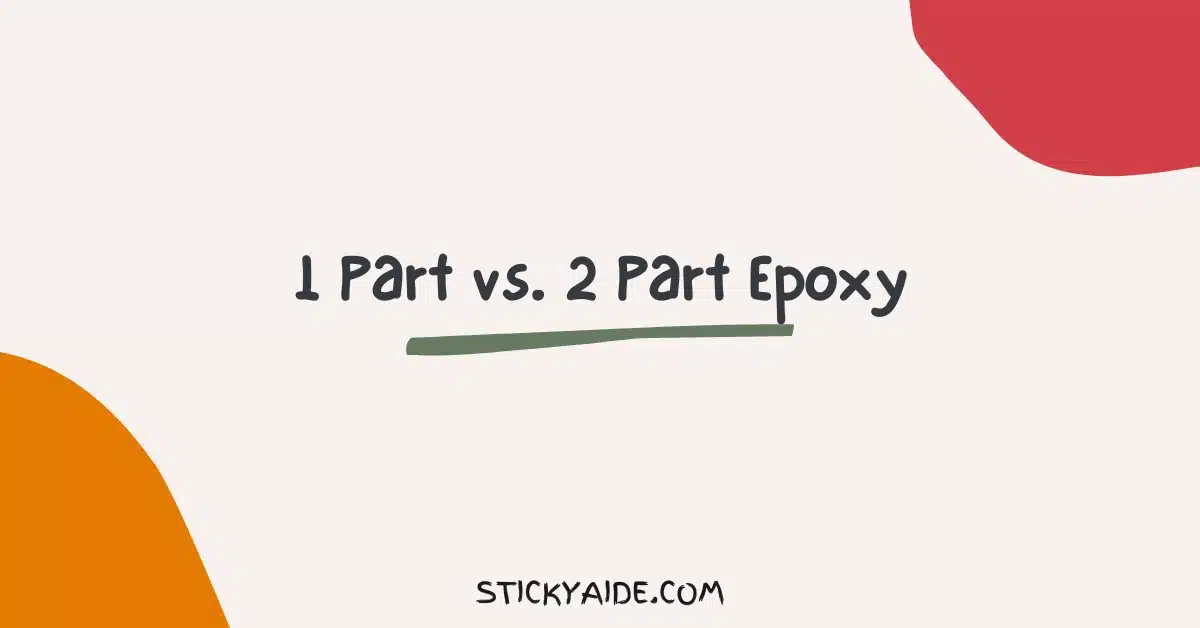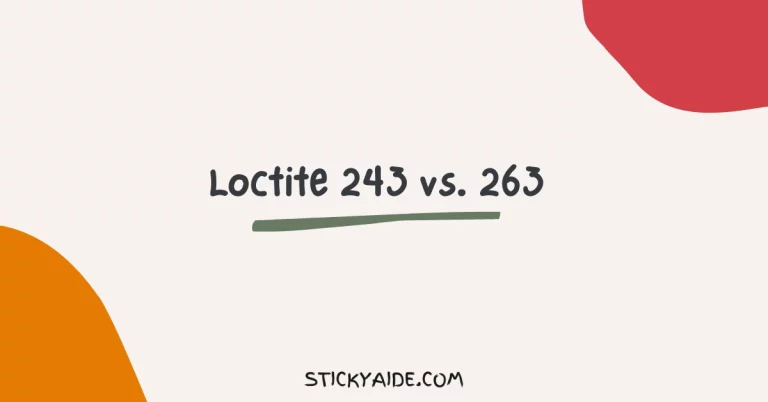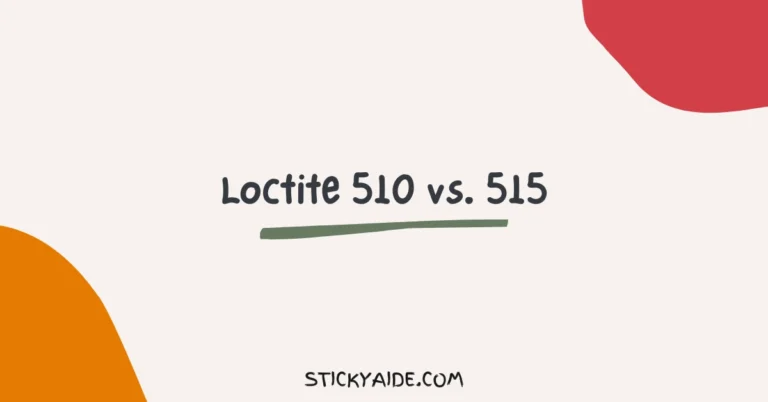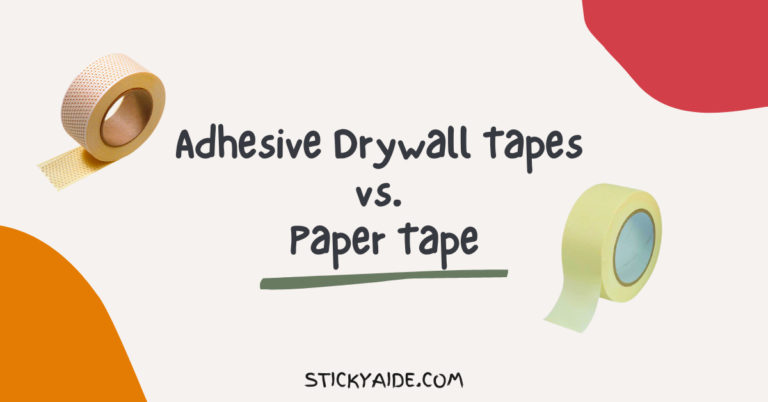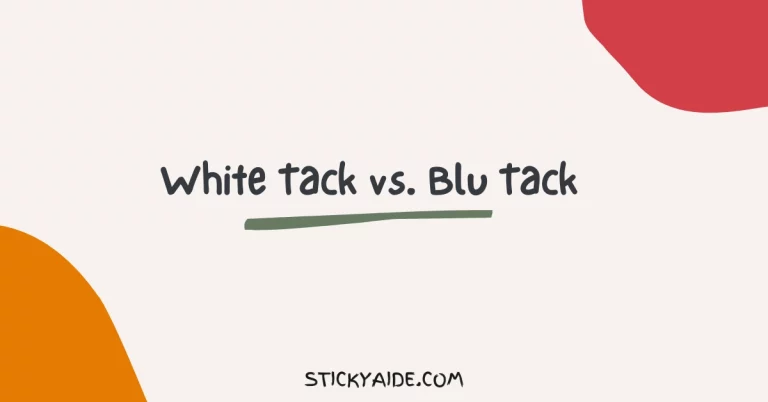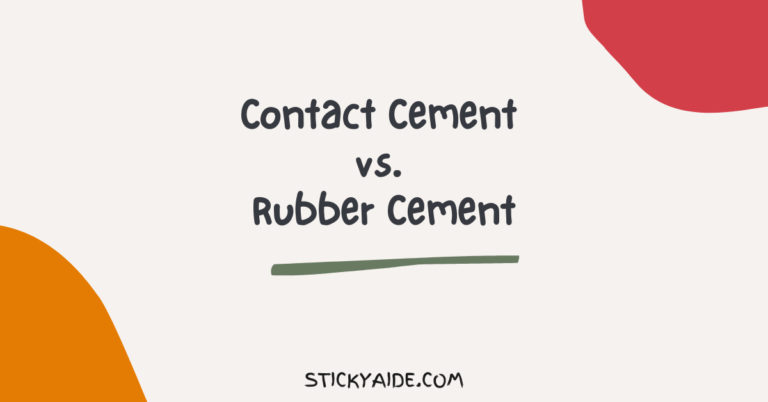1 Part and 2 Part Epoxy are two popular adhesives in the market. And even though 1 Part and 2 Part Epoxy sound the same, there are some significant differences between these two adhesives.
To explain the differences between these two types of glue and also provide you with all the necessary information about them, I talked about 1 Part vs. 2 Part Epoxy in detail below.
From their uses to curing temperatures and shelf-life, you can learn everything about these two adhesives perfectly.
Go through the 1 Part vs. 2 Part Epoxy discussion below to find out more.
Read More: Best Epoxy for Filling Knot Holes
A Bit About 1 Part Epoxy
1-part epoxy is a type of rigid epoxy adhesive that comes in a pre-mixed form for your convenience. It is specially designed to work in extreme environmental conditions and provides outstanding strength.
It doesn’t matter if you are using it in extreme heat, cold, humidity, and other conditions; this adhesive will show its strength and bond like none other.
Also, as it is 1-part, this epoxy adhesive cures independently without the need for additional components.
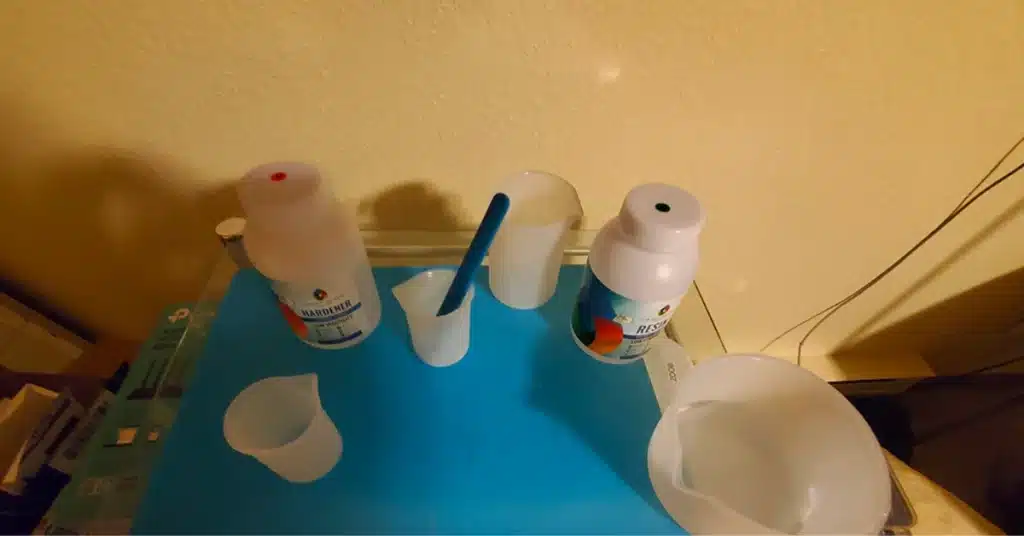
A Bit About 2-Part Epoxy
2-part epoxy is also an epoxy adhesive but with 2 different components, a resin and a curing agent.
You need to mix them together in a specific ratio before use. Otherwise, this adhesive won’t provide the bond you need.
When these two components are mixed perfectly, they not only create a strong adhesive but also initiate the curing process so that this industrial-grade resin glue dries up quickly and firmly.
One amazing thing about 2-part epoxy adhesive is that it is resistant to heat, chemicals, and moisture, and hence, can be used for various purposes.
1 Part vs. 2 Part Epoxy
I have listed all the differences between 1 Part and 2 Part Epoxy adhesives for your convenience. Go through the table below for a quick summary.
| Factor | 1 Part Epoxy | 2 Part Epoxy |
| Uses | Metals, plastics, ceramics, and glass | Marine, automotive, aerospace, aviation, railway, appliance, electronics, electrical, plumbing, HVAC, manufacturing, and construction |
| Mixing | No | Yes |
| Shelf Life | Long | Short |
| Cure Temperatures | 125°C to 150°C | 80°C |
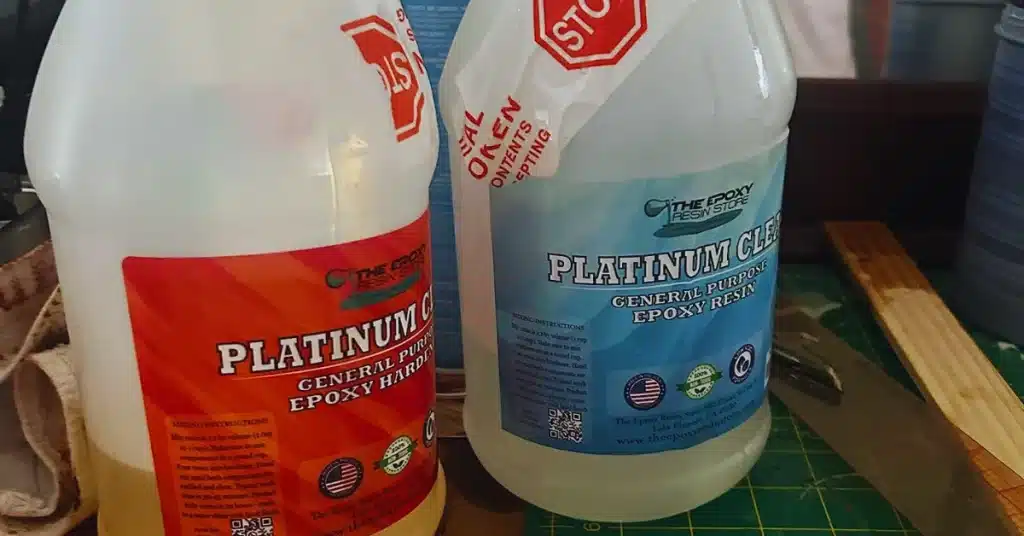
What Is The Difference Between 1 Part and 2 Part Epoxy
Here is an in-depth discussion of all the differences between 1 Part and 2 Part Epoxy for your better understanding.
Uses
The uses of both these epoxy adhesives are very different.
For instance, 1-part epoxy adhesives are commonly used for bonding various common materials together like metals, plastics, ceramics, and glass.
For any general repairs, bonding, and simple applications, this adhesive works perfectly.
On the other hand, 2-part Epoxy is used for more industrial items. This adhesive is the best choice for repairs in the marine, automotive, aerospace, aviation, railway, appliance, electronics, electrical, plumbing, HVAC, manufacturing, and construction sector.
Mixing
Mixing requirement is yet major difference between 1 Part and 2 Part Epoxy adhesives.
1-Part Epoxy is ready to use out of the container. You don’t need any mixing for this adhesive.
However, as 2-Part Epoxy comes with 2 different components, you have to mix the resin and hardener in specific ratios before application.
Cure Temperatures
As 1-part Epoxy Adhesive doesn’t come with any additional hardener, it requires a high temperature, 125°C to 150°C to cure.
On the other hand, because of its extra hardener, 2-part Epoxy adhesives need just 80°C to cure completely.
Is 1-part or 2-part epoxy better?
The choice between 1-part and 2-part epoxy depends on the specific application. 1-part epoxy is easier to work with as it comes pre-mixed and doesn’t require combining components. It’s ideal for simpler projects and provides a decent level of adhesion and durability.
On the other hand, 2-part epoxy consists of two components that need to be mixed before application. While this process requires more effort, it results in a stronger bond and greater overall resilience.
It’s commonly used for heavy-duty applications and projects that demand exceptional strength and longevity.
Is 1-part epoxy good for garage floors?
Yes, 1-part epoxy can work well for garage floors.
It offers a protective coating that enhances the appearance of the floor and provides moderate resistance to chemicals, stains, and general wear. However, for garages with high traffic, exposure to chemicals, or where extreme durability is required, 2-part epoxy is often recommended.
Its stronger bonding properties and increased resistance make it better suited for these demanding conditions, even though it involves a more involved application process.
Last Opinion
From the 1 Part vs. 2 Part Epoxy discussion, it’s very much clear that both these adhesives have different characteristics and are suitable for bonding different types of materials in different industries.
And even though they work the best in their categories, you should always determine your needs before making a purchase decision.
Choose the epoxy adhesive according to your needs rather than their adhesion capabilities.

